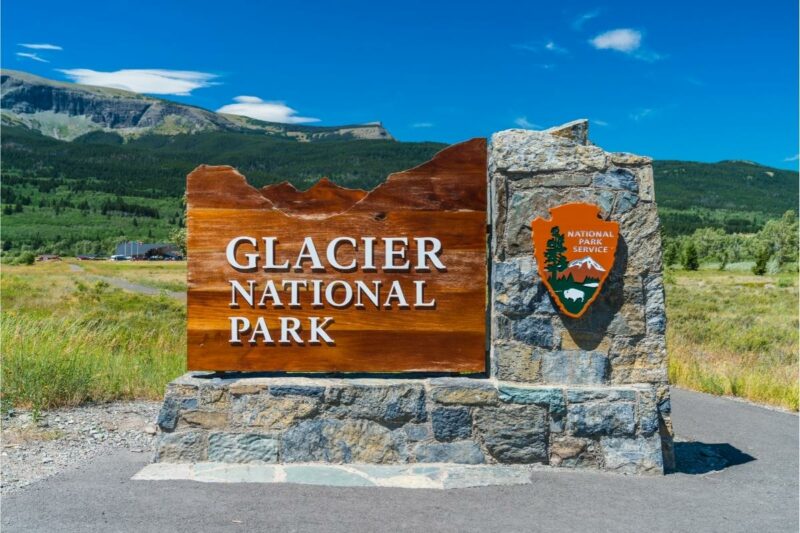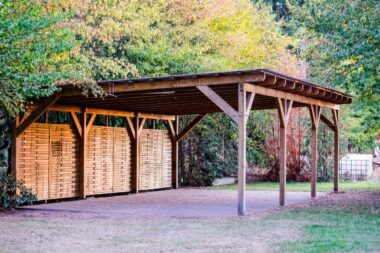Table of Contents Show
You’ve likely heard of the Great Smoky Mountains, Yellowstone, and Zion National Parks. Those are just a few of the units managed by the National Park Service (NPS).
So you may be asking yourself, how many national parks are there? Let’s take a look.
How Many National Parks Are There in the US?
You may have heard there are 63 of them in the United States. However, that’s not exactly true.
There are 63 parks with the “national park” designation. The NPS currently manages 423 individual park units. In addition, it oversees 150 related areas and a multitude of conservation programs.

Did You Know? Can you guess which state recently got its first national park making it number 63 on the national park list?
How Did the National Park System Start?
In 1872, the U.S. Congress established Yellowstone as America’s first national park. John Muir and other environmentalists fought to preserve the wilderness to protect the lands in the American West.
Subsequently, this push for conservation led to President Woodrow Wilson consolidating the management of America’s federal parklands by forming the National Park Service in 1916.
How Are New National Parks Created?
Congress is the only entity that can designate an area as a national park. However, it is the responsibility of the NPS to do the research.
Additionally, they must provide the necessary information to congress regarding whether an area meets the essential criteria.
The NPS will recommend the appropriate state, local, or private actions for areas not meeting the requirements. This is the first step for any area working towards that designation.
The second step in the process is establishing the boundaries of the area. The NPS will adjust boundaries to include natural features, roads, or to protect any resources critical to the parks’ purpose.
At this point in the process, the NPS must also weigh the feasibility of the endeavor. They’ll weigh the requirements of administering a park based on the size, configuration, ownership, costs, and many other factors.
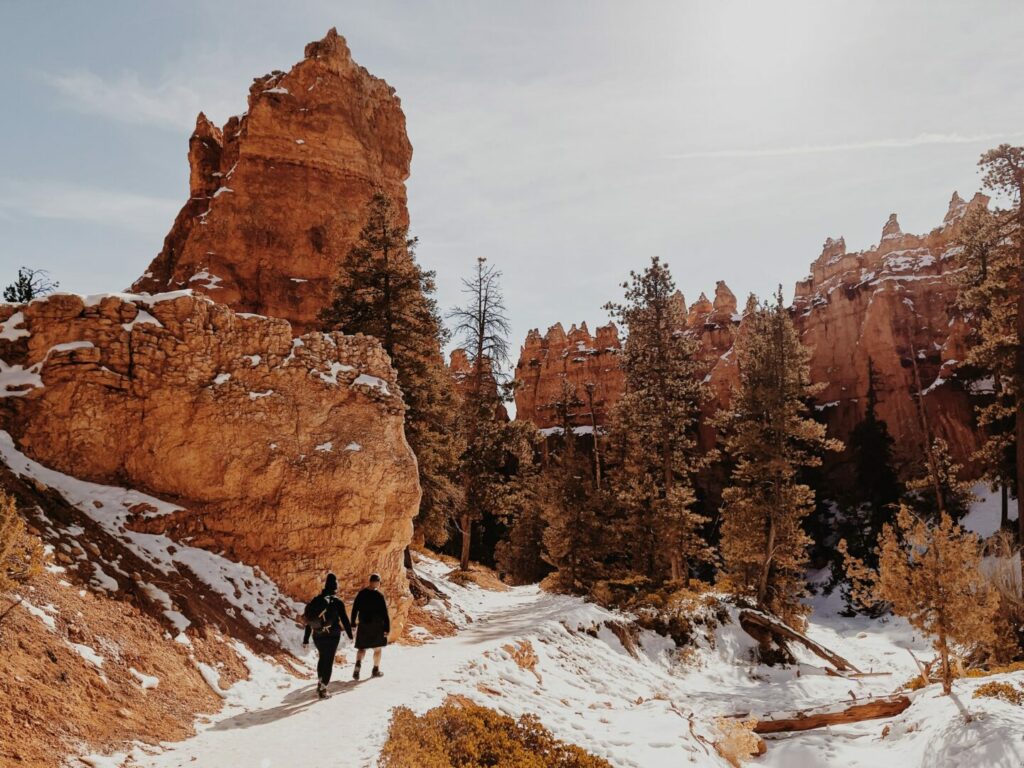
Once congress receives a final recommendation from NPS, they’ll begin holding congressional committee hearings and consult with the Secretary of the Interior for that recommendation.
Congress will craft legislation that will clearly explain the purpose of the area and provide an outline regarding specific directions for any additional planning, land acquisition, management, and operations.
From there, the area will receive one of the more than 20 designations when adding locations to the NPS. The national park title has typically been a designation that only the best parks receive. While each designation comes with different restrictions and protections, all of them aim to “leave them unimpaired for the enjoyment of future generations.”
Can National Parks Be Removed From the System?
Yes, a park can lose its designation or classification as a unit. One example is Mackinac National Park. This was a national park for 20 years before the NPS turned management over to Michigan. Currently, it’s one of the 103 Michigan state parks.
A park loses its designation because the resources that earned the unit the designation diminished or eventually had less national significance. Some units have even lost their designation due to mismanagement and budgetary reasons.
Other Designations in the National Park System
The NPS units deemed “national parks” often get all the attention. However, some incredible units are overlooked because of their designation. Let’s look at some of the lesser-known ones.
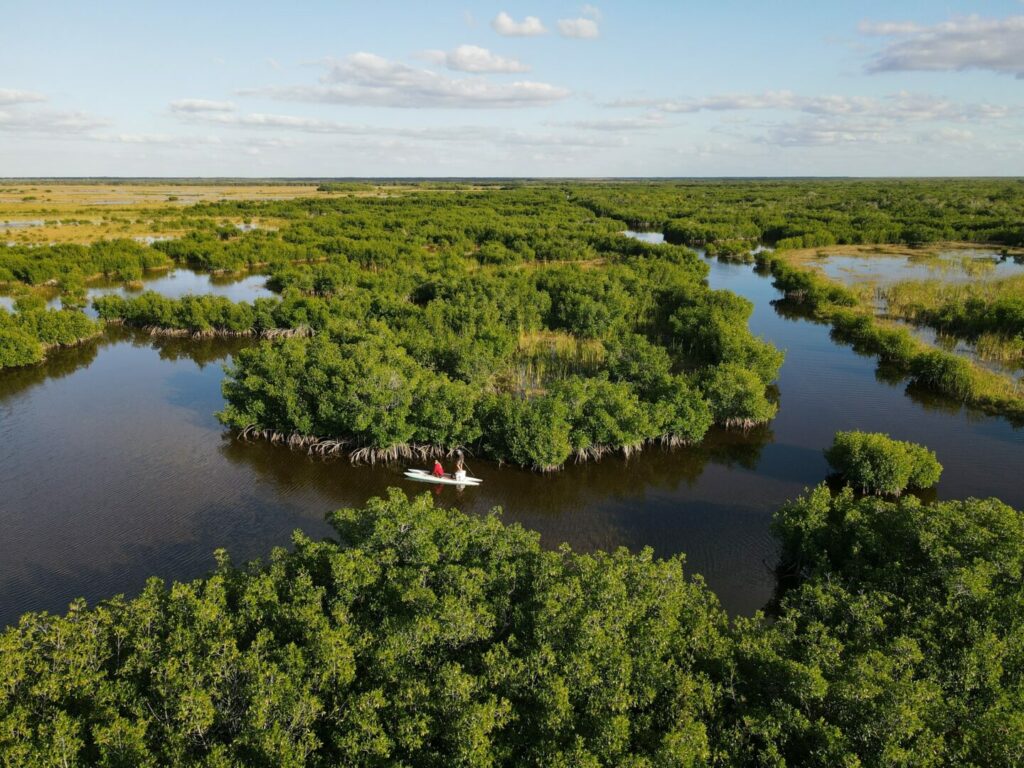
National Preserves
A national preserve is an area managed by the NPS, and there are currently 19 in the United States. It has all the characteristics of a national park, but Congress permits public hunting, trapping, oil/gas exploration, and extraction.
For example, some national preserves include Big Thicket National Preserve in Texas, Big Cypress National Preserve in Florida, and Craters of the Moon in Idaho (this one is a national monument and national preserve).
National Monuments
The national monument designation appeared in 1906 for landmarks, structures, and other objects that have a historic or scientific interest. They are also owned and controlled by the government.
While there are 84 in total, a couple of examples of national monuments include Bandelier National Monument in New Mexico and Castillo de San Marcos National Monument in Florida.

Pro Tip: Don’t skip visiting these national monuments that are better than most national parks.
National Memorial
The 31 national memorial sites are commemorative of a historic person or episode. However, the site doesn’t necessarily need historical significance that connects to the subject it represents.
The Washington Monument in Washington D.C. and Mount Rushmore National Memorial in South Dakota are famous national memorials.
National Historic Site
Units given the designation of national historic sites are sites containing a single historical feature. This feature has a direct association with the site’s subject.
The first national historic site was Salem Maritime National Historic Site in Salem, Mass. Also, another national historic site is Ford’s Theater in Washington. There are 74 national historic sites, so be sure to look a few up when you’re travel planning!
National Seashore
A national seashore is a coastal area that the federal government reserves for public recreational use. Two well-known national seashores are Cape Cod in Massachusetts and Canaveral in Florida.
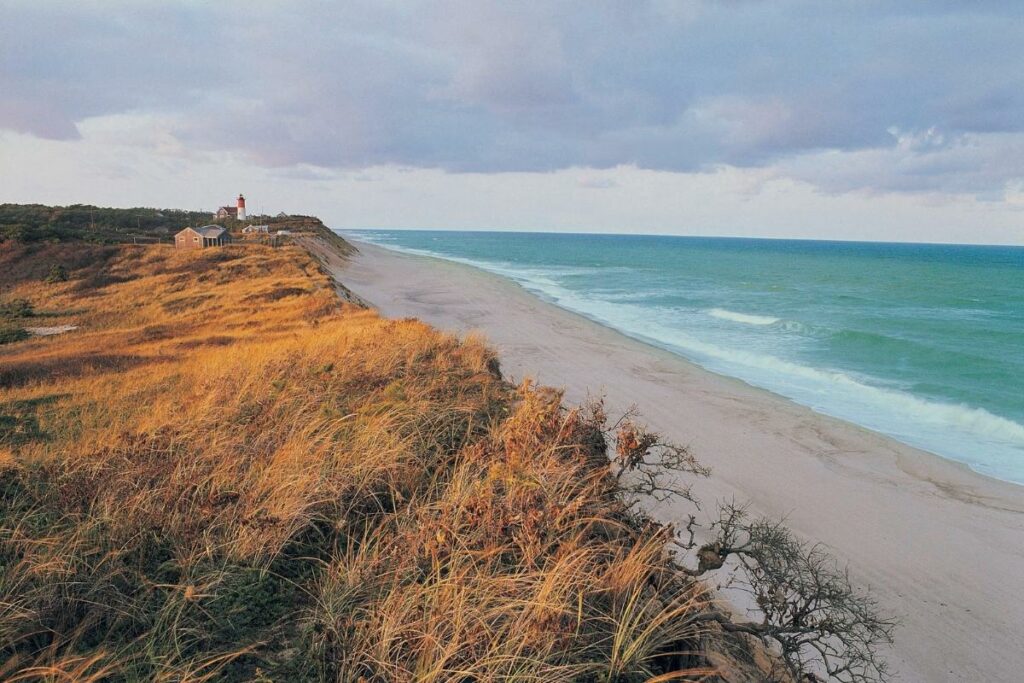
Pro Tip: You need to visit these 10 national seashores at least once in your lifetime.
National Battlefield Park
This is a historic battle site that the federal government preserves due to its national importance. Kennesaw Mountain, Richmond, River Raisin, and Manassas are the four national battlefield parks.
Check Off All The National Park Sites
A great way to learn about all of the units managed by the NPS is to download its app. The NPS App can help you find units near you, some of which you may have never known existed. The app also makes it extremely easy to keep track of the units you’ve visited and provides information to help prepare you for your next visit.
How many units have you visited? What’s an NPS unit on your bucket list?




